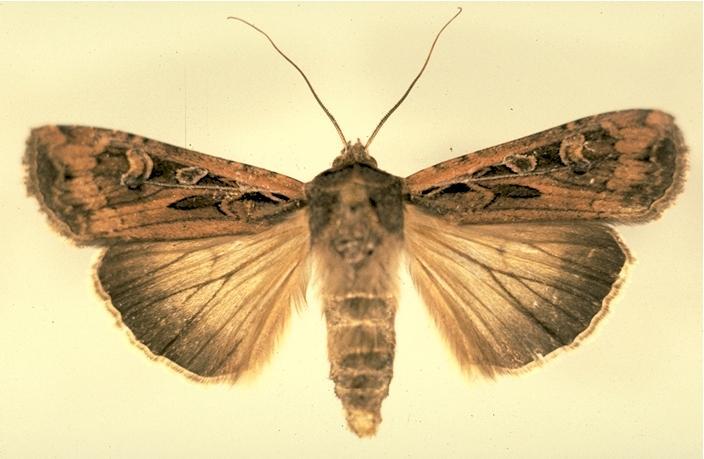When you talk with the people in your circle, eventually the conversation will lean toward some of the days big, interesting, weird, trending stories. I’m here to help get you prepared with “JJ’s That’s Trending”. Let’s go!
First, let’s talk AI – Artificial Intelligence. If you haven’t started poking around and experimenting with how AI can help you, you’re doing yourself a disservice. Well, now ChatGPT, the more popular player in the game, has finally gone mobile and is available on iPhones. Sorry android users, you’ll have to wait a little longer.
Ever been unjustly fired. Maybe because of your hair. Tabitha Bartoe, a meterologist in Knoxville, TN claims she was recently fired because of her natural curly hair. She said, on her 3rd day on the job she was taken to get her hair cut and had no say in the manor by which it would be cut. Tabitha said she still plans to pursue a career in media and her masters degree.
Finally, for the last couple of weeks, we’ve been talking about THE CUTWORM ARMY MOTHS. They are everywhere, in what seems to be record numbers. The Wichita PD is finding this more than just a little annoying because they have such a moth problem at the location for their “2nd chance Thursday”, they move it for the upcoming event. At my house when the moths get it, the cats usually make quick work of them. Maybe the Wichita PD needs a cat.
https://www.kfdi.com/2023/05/18/wpd-changing-venues-for-2nd-chance-thursday-event-due-to-moth-problem/
Let’s learn more about this pesky little critter
The army cutworm moth (Euxoa auxiliaris) is a moth of the family Noctuidae. It is found in North America, from southern Canada to central Mexico. The adult moth is about 1.5 inches (3.8 cm) long and has a wingspan of about 2 inches (5.1 cm). The forewings are grayish-brown with a dark brown kidney-shaped marking. The hindwings are light grayish-brown with a whitish fringe. The larvae, or caterpillars, are about 1 inch (2.5 cm) long and are grayish-brown with a black head. They feed on a variety of plants, including grasses, alfalfa, and wheat.

Army cutworm moths are migratory. In the spring, they emerge from their pupae in the Great Plains and migrate to the Rocky Mountains. In the summer, they return to the Plains to lay their eggs. The eggs hatch in a few days and the larvae feed on a variety of plants. In the fall, the larvae pupate and the adults emerge in the spring.

Army cutworm moths can be a pest of agricultural crops. They can cause significant damage to crops by feeding on the leaves and stems. In some cases, they can even kill young plants. There are a number of methods that can be used to control army cutworm moths, including insecticides, biological control agents, and cultural practices.
Here are some additional facts about the army cutworm moth:
- The name “army cutworm” comes from the fact that the larvae often migrate in large groups, which can cause significant damage to crops.
- Army cutworm moths are an important food source for a variety of animals, including birds, bats, and bears.
- Army cutworm moths are attracted to light, so they can often be seen at night near streetlights and other sources of light.
- Army cutworm moths are a relatively common insect, and they can be found in a variety of habitats, including fields, forests, and gardens.








